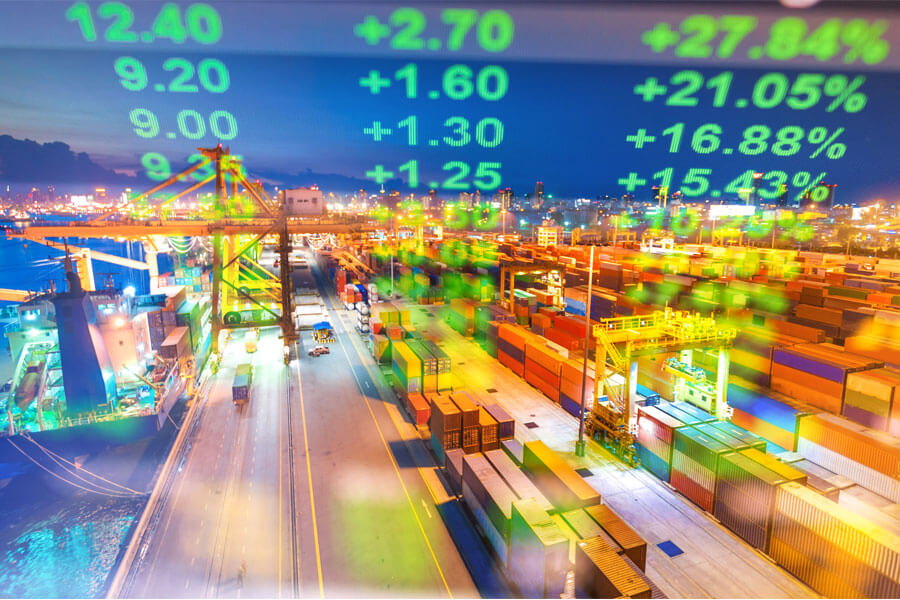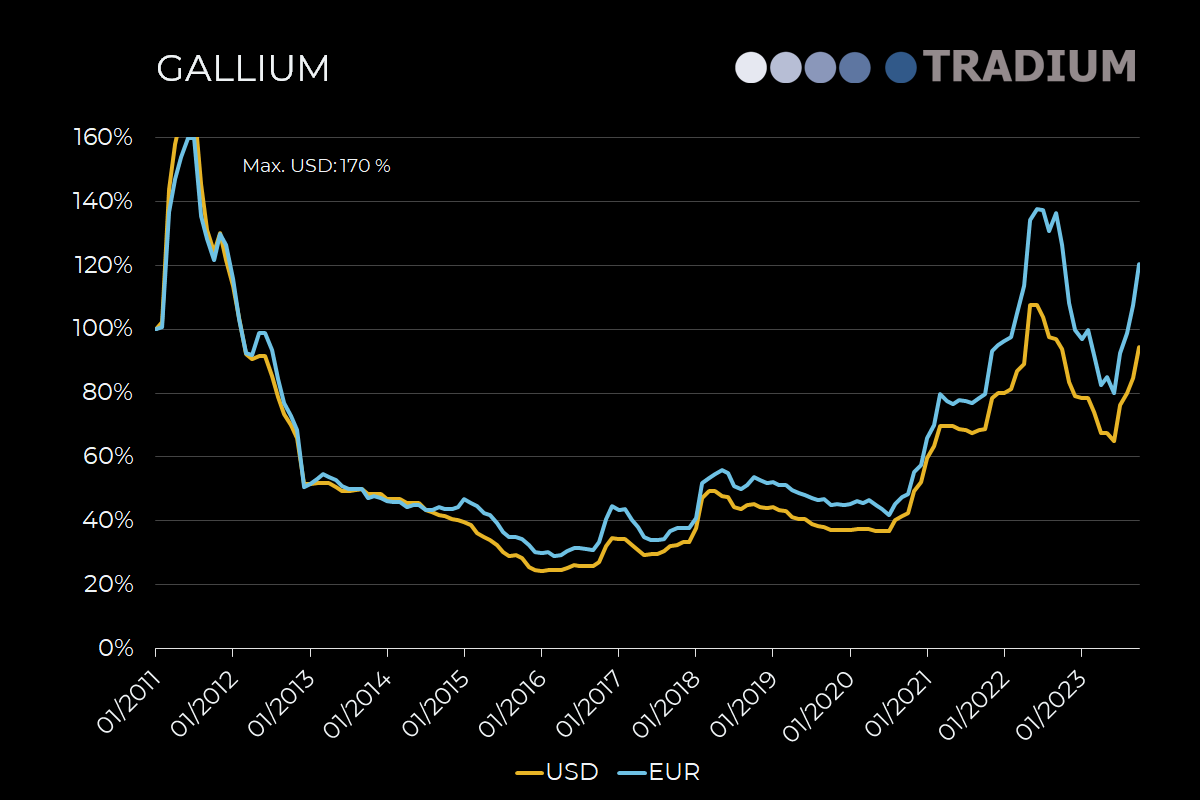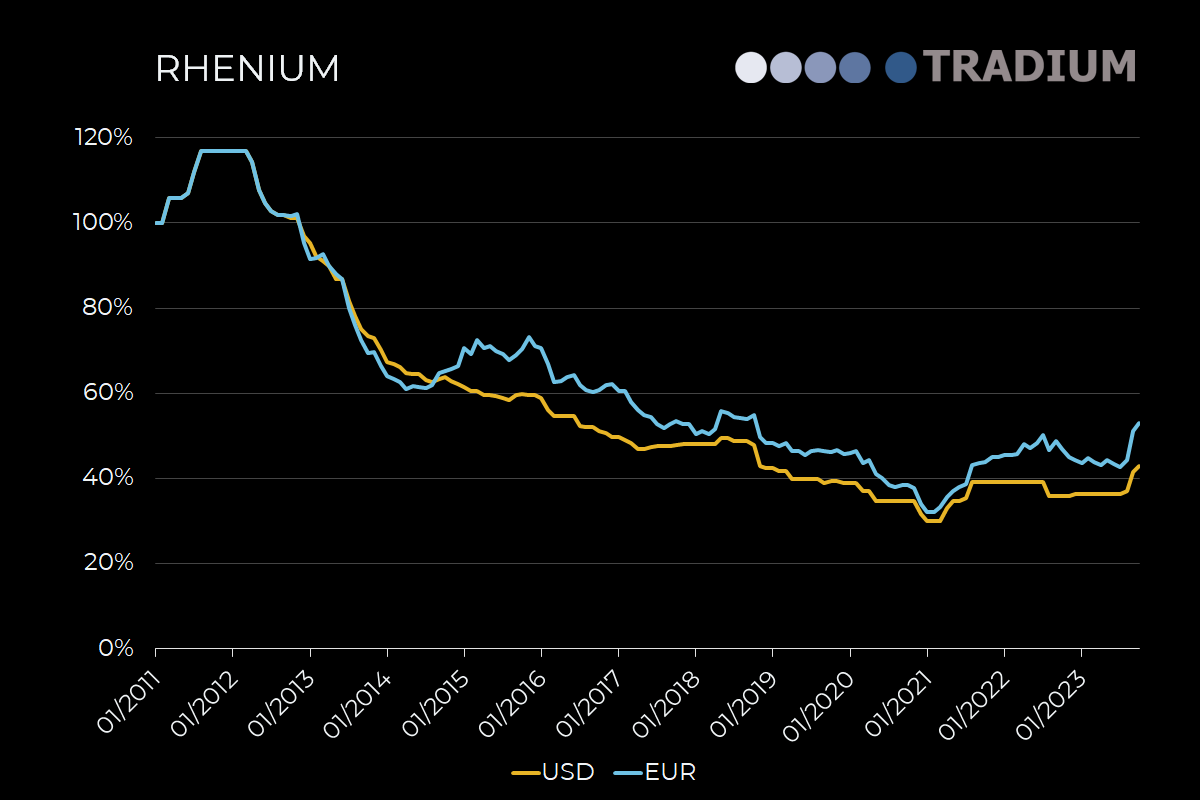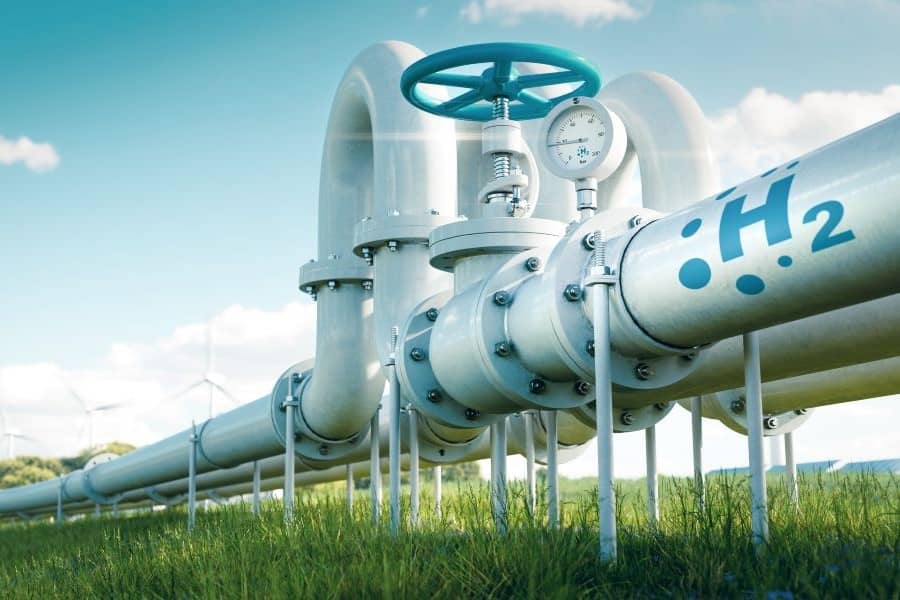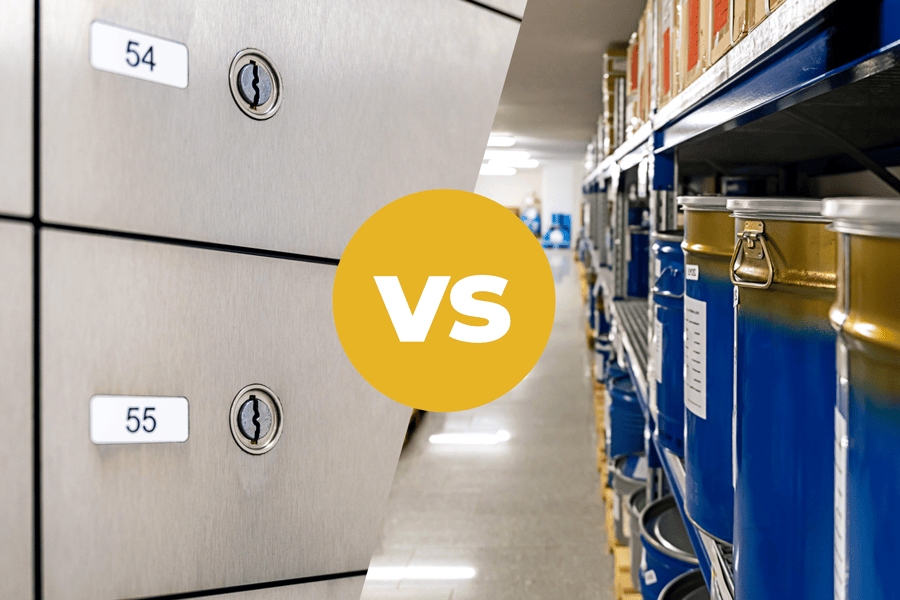Understanding the Volatility of Strategic Metals
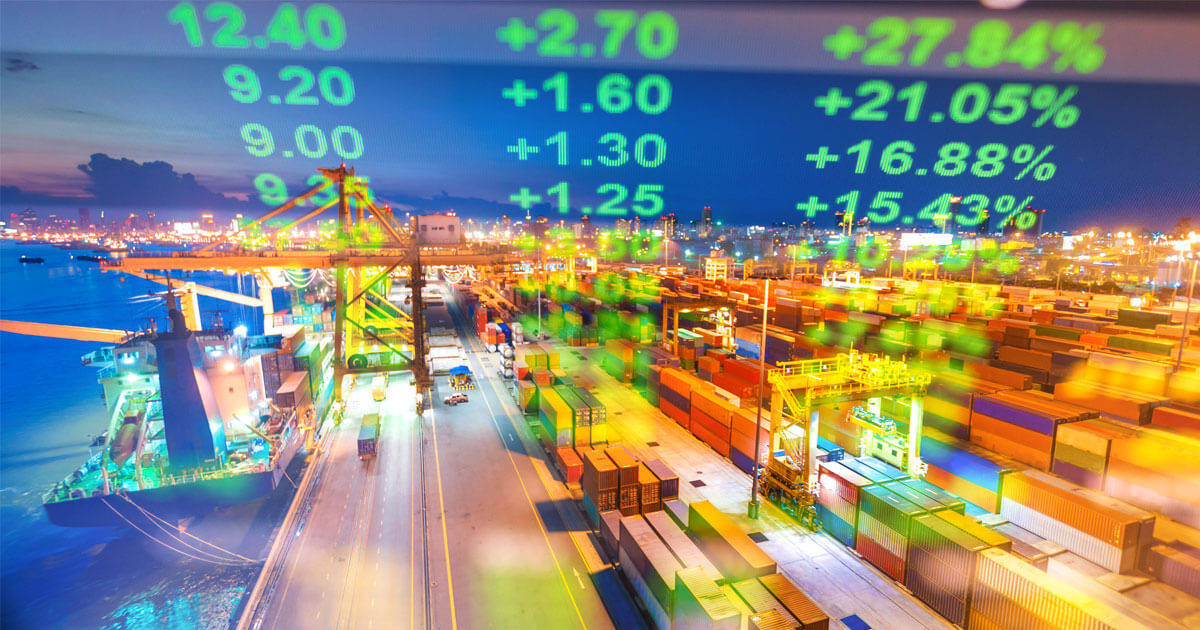
Source: iStock/primeimages
Many people purchase strategic metals as alternative physical assets. However, raw material prices can fluctuate, just like stocks or funds. In this interview, commodities expert Thomas Grob of TRADIUM explains what moves the prices of metals.
What is volatility and how does it show up in strategic metals?
Thomas Grob: Volatility is the range of fluctuation in prices or rates. Are they rising? Are they going down? And by how much do the highs and lows vary? Some of you have probably heard the term “volatility” used in reference to the stock exchange. If a stock rises or falls conspicuously, it’s called volatile. The term also applies to raw materials such as strategic metals, whose prices are often in motion.
What causes prices to move on the raw materials markets?
Thomas Grob: If there’s a shift in the supply of and demand for raw materials, their prices will change. An oversupply of a physically available material, usually causes prices to fall. However, if metals are in short supply and there are bottlenecks, this is referred to as an undersupply. This situation is typically accompanied by rising prices.
As a rule, volatility skyrockets when fundamental changes occur. The Covid-19 years are an excellent example of this. The global supply chains for strategic metals like gallium, germanium, and rare earths kept breaking down, and supplies collapsed. This caused prices of these increasingly scarce raw materials to rise sharply. Russia’s attack on Ukraine in February 2022 was a milestone in the price development of the platinum group metal palladium. Russia is one of the most important palladium-producing countries. After sanctions were imposed on the country, there were shortages and price spikes for the metal, which is mainly used in catalytic converters.
Wars and pandemics are big reasons for price volatility. Are there less extreme reasons?
Thomas Grob: Let’s stay with the platinum group metals. In South Africa, one of the world’s main suppliers, there are persistent problems with the domestic power supply. Electricity often has to be cut off for hours at a time. It’s easy to imagine the impact this has on the energy-intensive mining and processing of these metals. Less platinum, palladium, and iridium are coming onto the market than expected and the supply is becoming tighter.
Often, there are also political decisions behind this. At the beginning of 2023, the EU Parliament sealed the deal on the phasing out of combustion engines after 2035. Metals such as palladium, which are used in catalytic converters, are therefore in danger of losing their importance in the long term. In the short term, the EU decision won’t impact purchasing volumes, as cars with combustion engines will continue to be built. Nevertheless, prices have moved downward. But it also works the other way around: the German federal government has spoken out in favor of transitioning away from fossil fuels to renewable energy sources. This suggests that demand for rare earths is likely to increase in the long term. These metals are used in large quantities in permanent magnets, without which many wind turbines wouldn’t run. The mining and processing of rare earths is heavily concentrated in China, and Europe’s dependence on raw material imports is correspondingly high. This limitation could have an impact on prices.
Are strategic raw materials commodities this volatile?
Thomas Grob: There are always metals whose price development is more like a sideways movement – that is, it remains stable. For example, the long-term market view of the technology metal rhenium is very balanced. The relationship between supply and demand shifts only slightly, and the price fluctuates less erratically.
TRADIUM Private Note: Here’s what you should look out for in volatility of strategic metals
Private buyers can take advantage of the price volatility of strategic metals. Volatility offers opportunities for gains but also the risk of losses. From a risk management perspective, and to avoid the impact of excessive volatility on a portfolio, private buyers should carefully select and broadly diversify their strategic metals. In addition to metals with high volatility, there are those that fluctuate little in price and whose value remains relatively stable. In addition, it can make sense to dampen the fluctuations, which are usually offset in the long term. A holding period of several years is therefore sensible.
Vita:
Thomas Grob has been working for TRADIUM as Senior Sales Manager since 2007, starting with precious metals and moving up to rare earths for various industries. He has more than 30 years of experience in the raw materials market gained at Degussa, Chemetall, and Heraeus, among others.
The interview was conducted in October 2023
